Block Knitting
Block Knitting - Web how to block knitting in 7 steps: Blocking is a method of stretching and shaping a finished knitted piece to reach the dimensions suggested in the pattern, to make two pieces that need to match the same size, or to make your stitches look nicer and more even. Remove as much extra moisture as possible, typically with a towel. Why blocking is an essential last step in knitting. Learn the basics of knitting in beginner knitting classes in chicago, where you can discover essential techniques like casting on, knitting stitches, and binding off. During its first wash, a knitted garment will undergo a profound change — for a woolen handknit, the fibers will plump up and cohere into a beautifully even and sturdy fabric. Web blocking is the process of wetting or steaming your final pieces of knitting to set the finished size and even out the stitches. Web there are three main ways to block a knitting project: Web blocking is the finishing touch to a knitting project. Pin the dry project to your blocking mat (the way i showed you above). Why should you block knitting? Here’s a quick summary of how each method works. Web knit with hannah. How it works and what you need to be aware. You could use any flat surface to block your garments (i'm partial to the knitter’s block), just be sure that your knitted piece lies flat and fully dries so that its shape. Shop with us for an unmatched experience! Web given that the logo is not very big, maybe just knit a plin white sweater and duplicate stitch the logo? It evens out the stitches and the edges and gives your piece that finished look. Blocking your finished knitting project makes a big difference in the appearance of your project! Why blocking. Lay your project flat, matching the finished dimensions. Get your project wet by soaking, steaming, or spraying with a spray bottle. The blocking process will help secure the ends in place. Here’s a quick summary of how each method works. Wet blocking, steam blocking, and spray blocking. Remove as much extra moisture as possible, typically with a towel. No need to get overwhelmed, though! Web how to block knitting in 7 steps: Web how to block knitting. But even if your yarn reacts in water, using a steamer to block your knitting can be advantageous for multiple reasons (see below). Here’s how steam block knitting: Here’s a quick summary of how each method works. How it works and what you need to be aware. Blocking wires (not essential but nice, especially for lace) Wet blocking, steam blocking, and spray blocking. 11k views 3 years ago. Before wet blocking anything, check its label for instructions to avoid causing any irreversible damages to it. Web blocking is an essential but often overlooked step in knitting. Blocking is a method of stretching and shaping a finished knitted piece to reach the dimensions suggested in the pattern, to make two pieces that need to. Should you block every project? The blocking process will help secure the ends in place. You’ll start by soaking your finished project in water and then shape it into the desired dimensions. Meaning i also don't think snipping them will work, either. King county fairgrounds, enumclaw, washington, usa Some people never block their knitting, and some people swear by it. Learn the art of knitting, explore different techniques, and create beautiful handmade garments and accessories. Meaning i also don't think snipping them will work, either. But even if your yarn reacts in water, using a steamer to block your knitting can be advantageous for multiple reasons (see below).. Web there are 3 methods of blocking: 63k views 1 year ago knitting tips, hints, and secret techniques. No need to get overwhelmed, though! To start, you will need: Web blocking generally follows three simple steps: Smoothens out the rough edges. Learn the art of knitting, explore different techniques, and create beautiful handmade garments and accessories. Web there are three main ways to block a knitting project: Web how to block knitting in 7 steps: But even if your yarn reacts in water, using a steamer to block your knitting can be advantageous for multiple reasons. Link to my patreon account. Pin the dry project to your blocking mat (the way i showed you above). How to block your knits. Web given that the logo is not very big, maybe just knit a plin white sweater and duplicate stitch the logo? The needles and pins of it all. Blocking is a method of stretching and shaping a finished knitted piece to reach the dimensions suggested in the pattern, to make two pieces that need to match the same size, or to make your stitches look nicer and more even. This guide can be used to wet block knitwear such as jumpers, cardigans, scarves, shawls, and so on. Before blocking knitting, weave in all loose ends; Scroll to the bottom of this post. No need to get overwhelmed, though! This detailed tutorial explains what blocking is, why you block and when you block.plus goes through the 3 different methods of wet blocking, steam blocking and. Doing so may distort the stitches beyond correction. Web what is blocking? Reply reply 98yellow123 • that will not fix with blocking, the floats are no where near long enough. To start, you will need: Experiment with blocking your gauge swatch before you block an actual knitted piece.
HowTo Block Knitting Ultimate Guide Wet Blocking & More Interweave
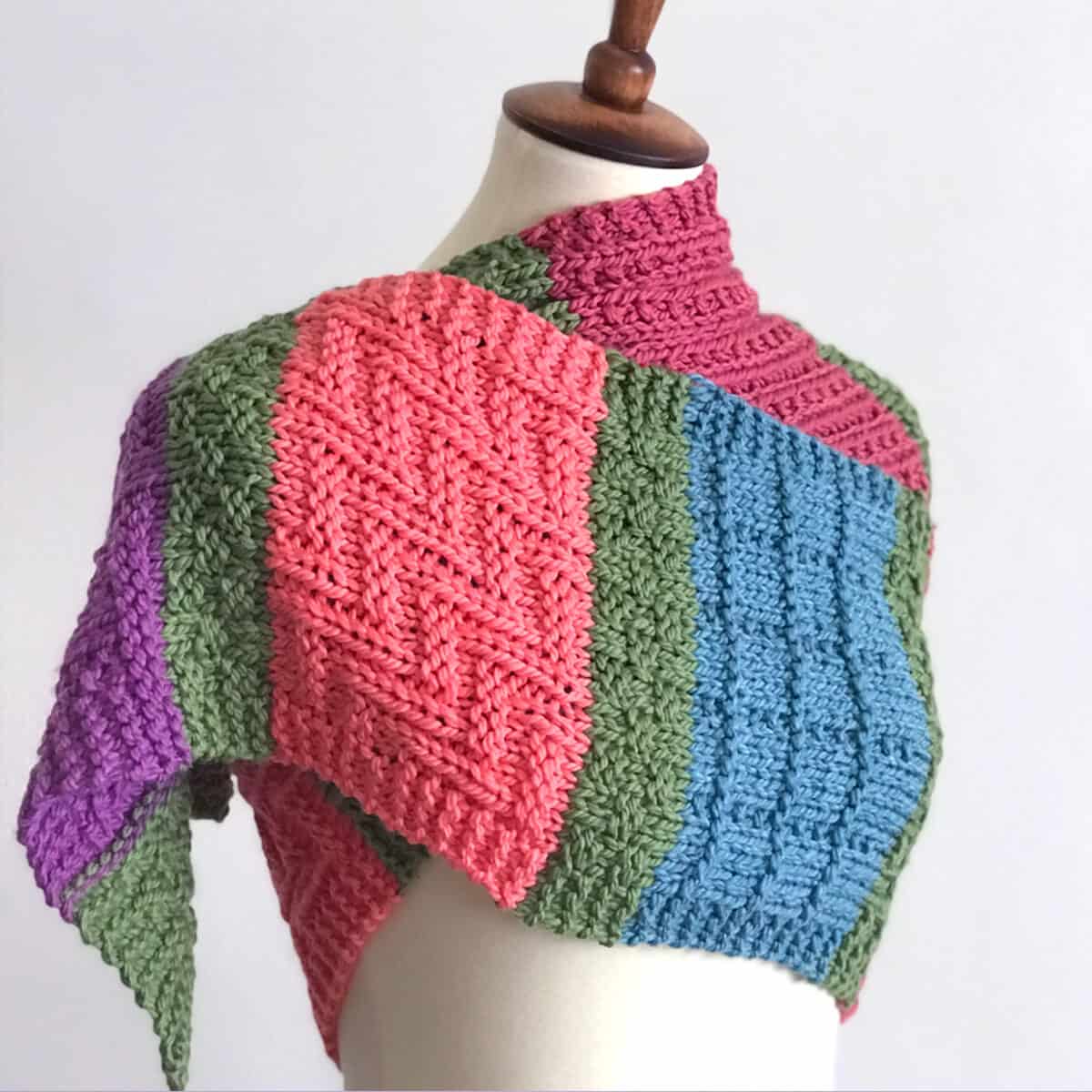
Easy Color Block Scarf Knitting Pattern Studio Knit
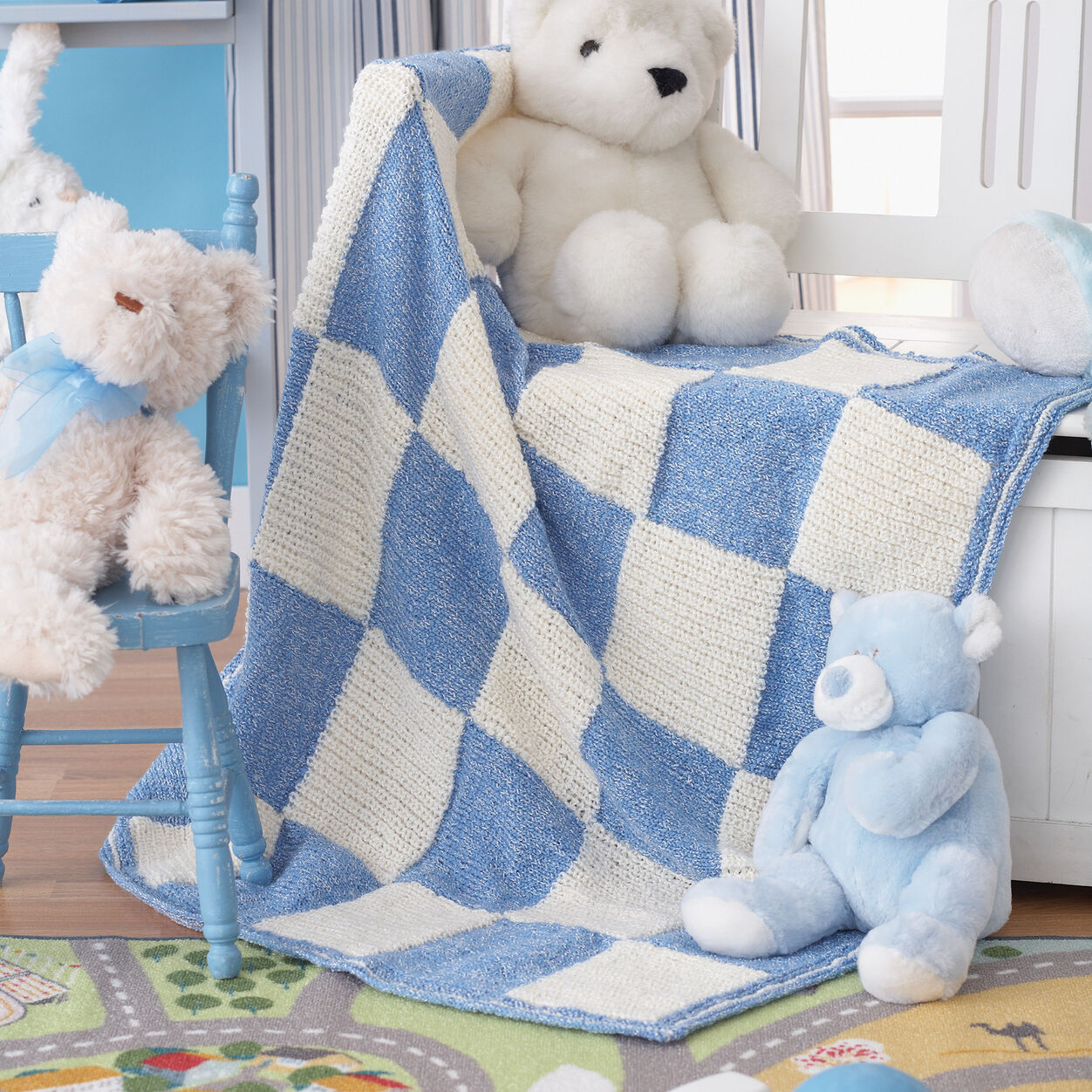
Block Baby Blanket Knitting Patterns Free Baby Knitting

How to Block 100 Acrylic Yarn The Best Way for Knit + Crochet YouTube

3 Things Blocking Knits Can Fix (and 3 Things It Can’t) Knitting
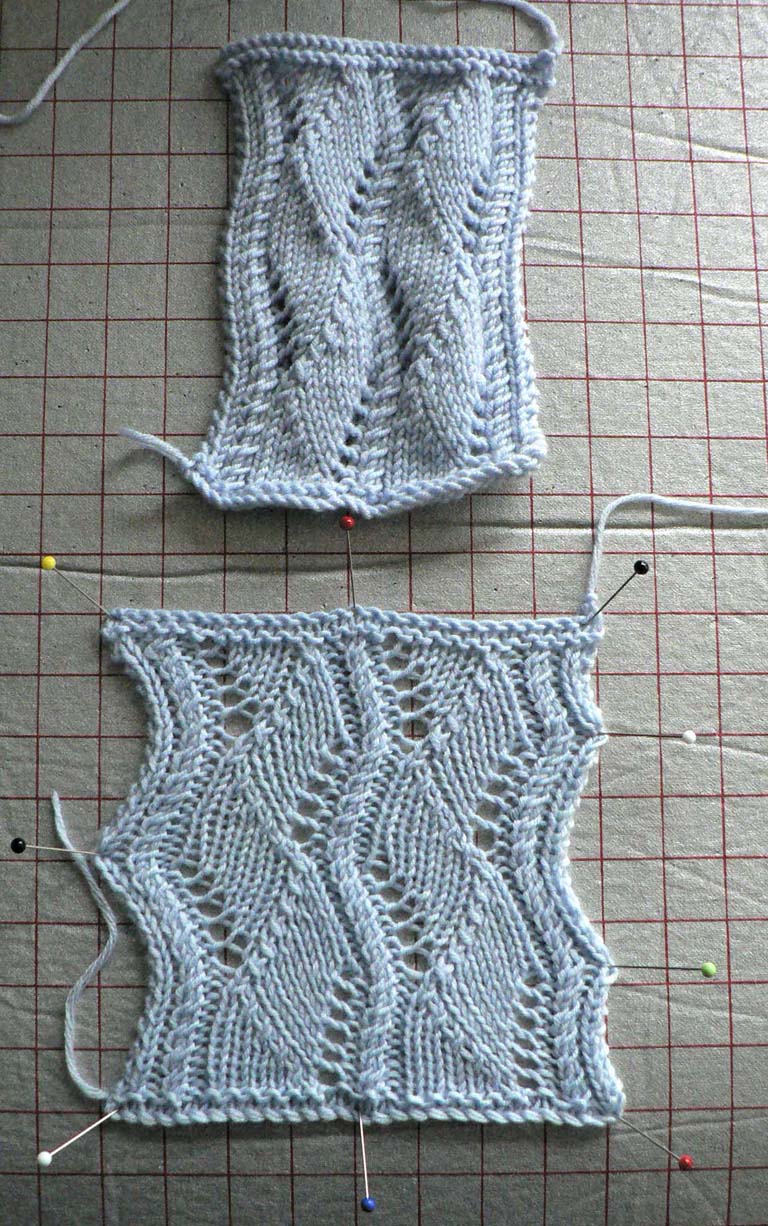
Knitting and More Blocking Your Knitting
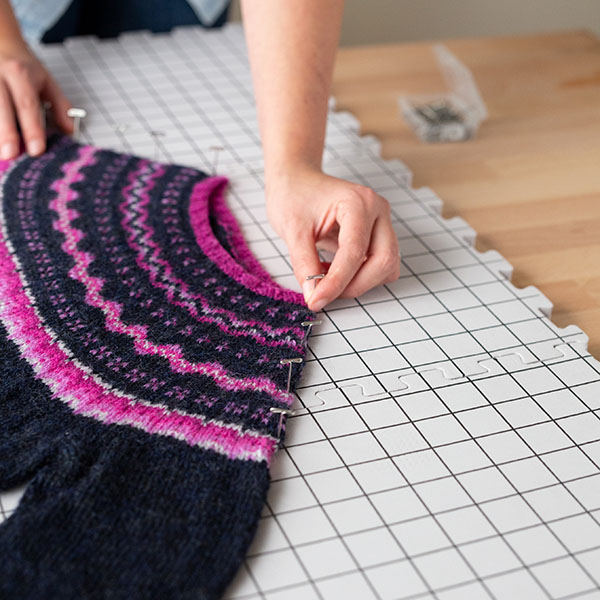
Blocking Knitting Video How to block knitting Knitting Then learn

How to Block Knitting YouTube

How to Block Your Knitting Cocoknits
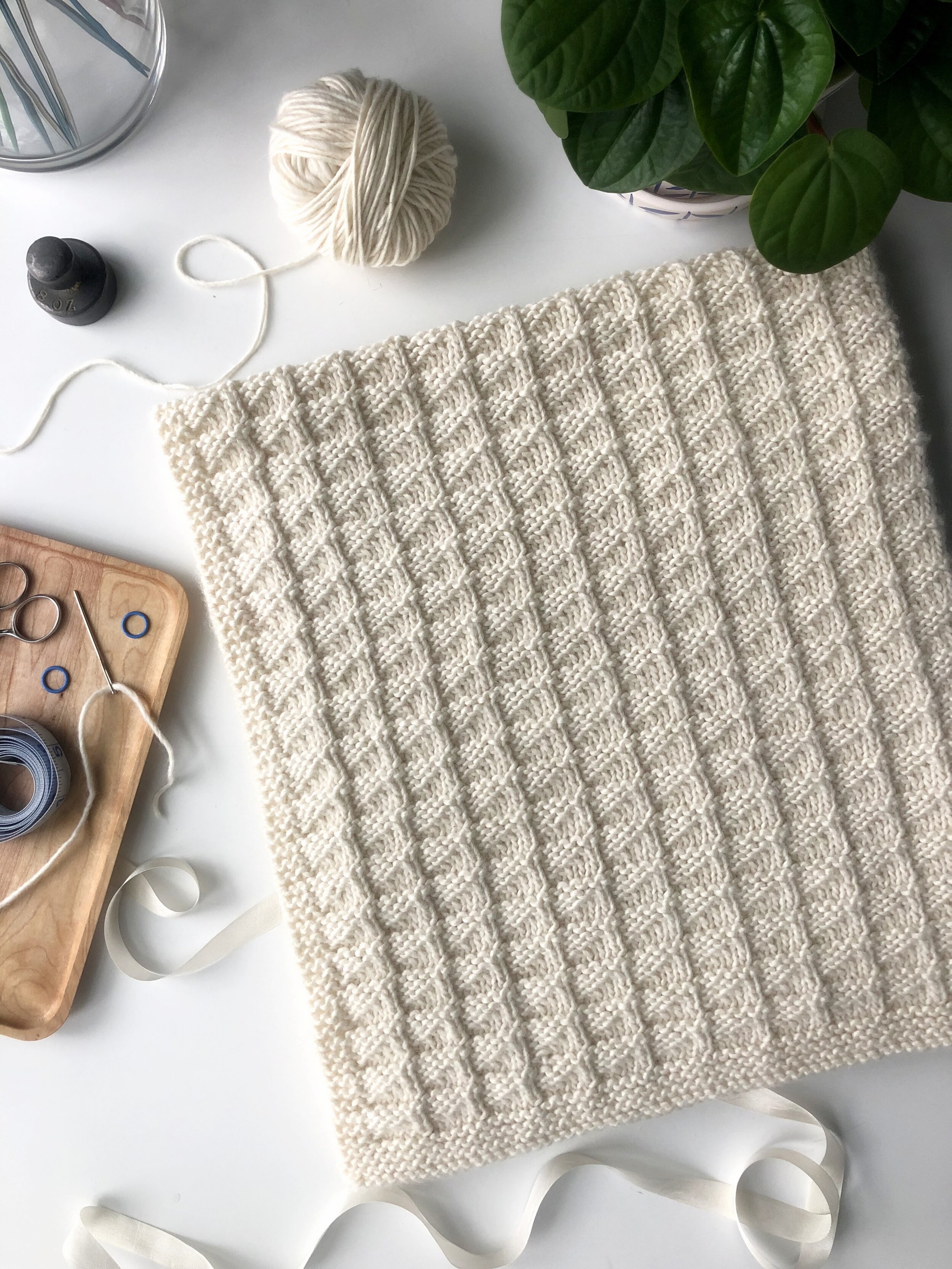
How to Block Knitting Blocking a Hand Knit Blanket Tutorial Final
Wet Blocking, Steam Blocking, And Spray Blocking.
Shop With Us For An Unmatched Experience!
But Even If Your Yarn Reacts In Water, Using A Steamer To Block Your Knitting Can Be Advantageous For Multiple Reasons (See Below).
It Is A Simple Matter Of Washing Or Wetting Your Newly Knitted Item And Letting It Dry Flat In The Shape You Wish It To Have.
Related Post: